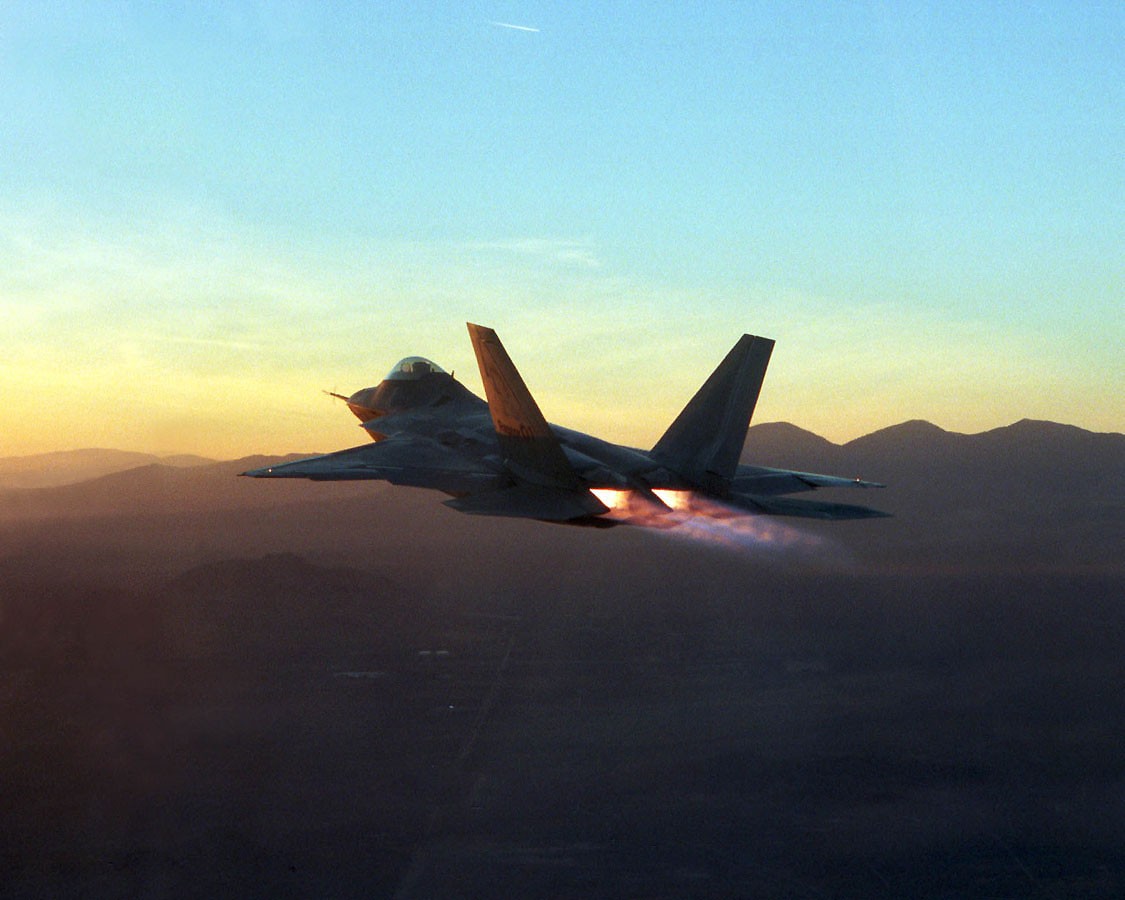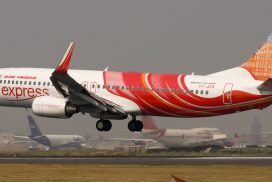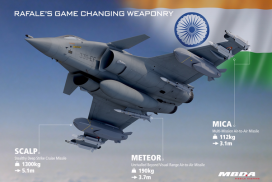F-22 Raptor on Monday saw action for the first time, The US Air Force deployed its F-22 stealth fighter planes in combat for the very first time on September 22nd during airstrikes on ISIS targets in Syria.
Syria has advance anti-aircraft system, Assad’s regime may even have Russian S-300 missiles in their inventory, along with other sophisticated anti-aircraft weapons. The F-22 is the only airplane in the U.S. inventory other than the B-2 stealth bomber able to evade detection by air defense radars. Entering a heavily defended, unfriendly airspace is still a risky endeavor, one the F-22 is well suited for.
The U.S. and Syria did not coordinate the airstrikes. “We did not coordinate our actions with the Syrian government. We did not provide advance notification to the Syrians at a military level, or give any indication of our timing on specific targets,” U.S. State Department spokeswoman Jen Psaki said in a statement.
However, Syrians knew about aircraft waves when they entered their air space but chose to ignore them.
“F-22s hit ground targets, (including) an ISIS command and control center in Raqqa, with GPS-guided munitions,” Gen.William Mayville, Joint Staff director of operations, said at a Pentagon briefing on Tuesday.
According to the United States Air Force, F-22 Raptors can drop 1,000-pound guided bombs 15 miles away from their targets, a far greater distance than F/A-18 Super Hornets or F-16 Fighting Falcons usually deployed for such missions.
“It has a unique ability to approach adversaries in a way legacy aircraft can’t,” the Air Force official added. “There are things the F-22 is uniquely suited to address that the other fighters in our inventory can’t.”
The Raptors were part of the second of three waves of attacks by U.S. and coalition aircraft, missiles and drones.
The first wave consisted of Tomahawk missiles launched from the destroyer USS Arleigh Burke and the cruiser USS Philippine Sea, in the Red Sea and Persian Gulf. This second wave included F-22s, F-15s, F-16s, B-1 bombers and drones from bases around middle east.
The third and final wave included F-18 jets from the USS George Bush aircraft carrier in the Persian Gulf, as well as aircraft from other bases in the region. The partners were Saudi Arabia, the United Arab Emirates and Jordan, while Qatar provided a supporting role. The F-22s were stationed at a based in the United Arab Emirates.




